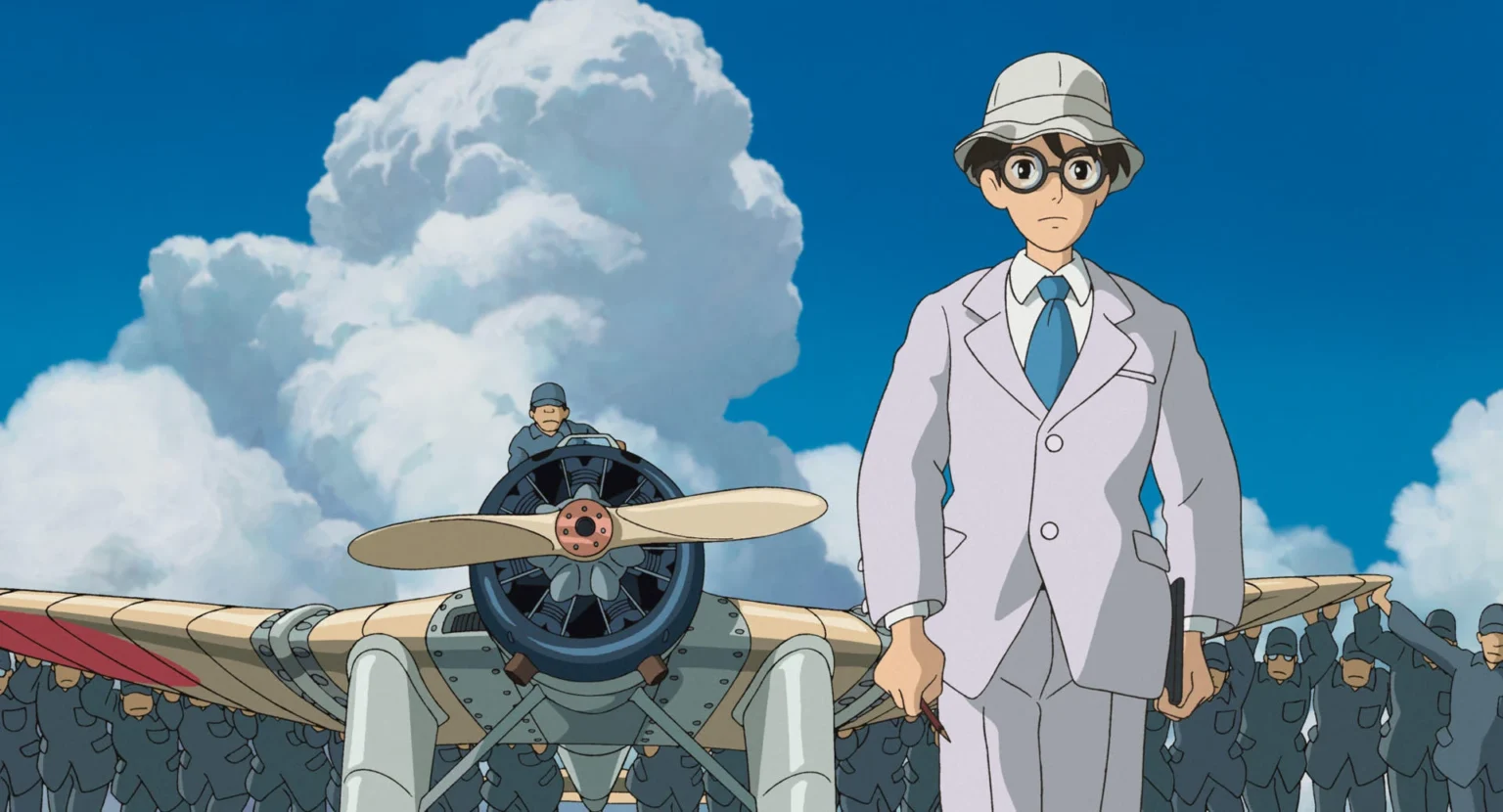Few films capture the essence of dreams, ambition, and fleeting beauty quite like Hayao Miyazaki’s The Wind Rises (2013). A deeply personal and introspective work, the film transcends its historical narrative to become a meditative journey on love, loss, and the pursuit of art.
Unlike Ghibli’s fantasy-heavy masterpieces, The Wind Rises is grounded in reality, chronicling the life of Jiro Horikoshi, the aeronautical engineer behind Japan’s WWII fighter planes. Yet, within this realism, Miyazaki breathes life into every frame, making nature, dreams, and even machines pulse with emotion—a hallmark of the Ghibli effect.
The movie is a tapestry of entwined themes that skilfully combines philosophical reflections with technological innovation. A story as poignant as it is tragic is created by the exquisite intersection of Jiro’s delicate romance with Naoko Satomi, his quest for aviation perfection, and the looming shadows of war.
Ten years later, The Wind Rises is still regarded as one of Miyazaki’s most profound works, demonstrating that animation is a medium for examining the weight of our dreams, the human spirit, and the fleeting beauty of nature.





